
War movies have always held a powerful mirror to humanity, reflecting not just the brutal realities of conflict but also the profound depths of heroism, sacrifice, and morality. These films transport us to different battlefields, allowing us to witness epic confrontations and intimately experience the personal stories of soldiers, civilians, and leaders caught in the maelstrom of history.
From the harrowing trenches of World War I to the psychedelic landscapes of Vietnam, from the grim resilience of resistance movements to the futuristic battlegrounds against alien threats, the genre continuously evolves, offering new perspectives on what it means to fight, survive, and sometimes, to question the very purpose of war itself. These stories become touchstones, shaping our understanding of past conflicts and challenging our perceptions of human nature under extreme pressure.
Today, we’re diving deep into a list compiled from over 52,000 filmgoers’ votes, celebrating the top contenders in this emotionally charged genre. We’ll be uncovering the first six of these unparalleled cinematic achievements, films that have not only defined the war movie but have also etched themselves into the annals of film history for their sheer artistry, unflinching honesty, and undeniable power. Get ready to rethink everything you thought you knew about the greatest war movies ever made.
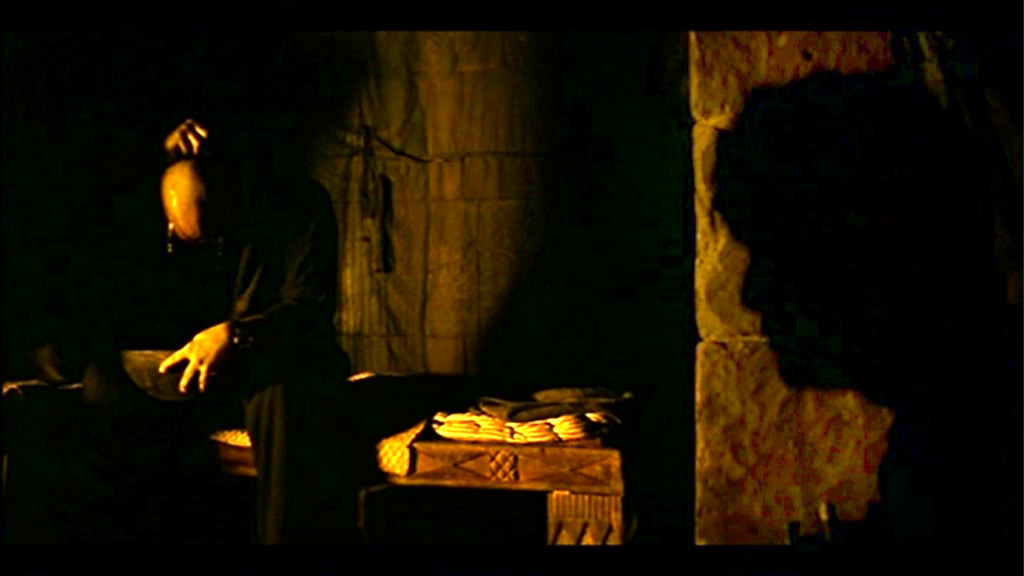
1. Apocalypse Now (1979)
Francis Ford Coppola’s surreal war movie is legendary for reasons extending far beyond its on-screen narrative. The battles behind its creation are as well-documented as the film itself, involving a nightmarish, multiyear shoot that pushed everyone involved to their limits. Star Martin Sheen’s heart attack and subsequent recovery became part of the epic lore, while a cackling press corps eagerly sharpened its knives, anticipating a turkey of epic proportions. Yet, Coppola, a director synonymous with cinematic ambition, would ultimately have the last laugh, delivering a film that transcended all expectations.
So much of the vocabulary of the modern-day war picture, its aesthetic and thematic grammar, comes directly from this groundbreaking work. It’s an operatic Vietnam-set tragedy, masterfully shaped out of whirring helicopter blades that cut through the jungle air, Wagnerian explosions that punctuate the unfolding madness, and a pervasive purple haze that lends an ethereal, dreamlike quality to the horror. It’s a descent into the colonialist fantasia of Joseph Conrad’s ‘Heart of Darkness,’ reimagined for the brutal realities of Vietnam, creating a truly immersive and disorienting experience for the audience.
Fans of the ‘Godfather’ director, whose influence was pivotal throughout the 1970s, recognize ‘Apocalypse Now’ as his last truly fully realized work, a testament to his audacious vision and unwavering commitment to his art. Connoisseurs of the war movie genre, many of whom consider themselves experts in cinematic conflict, correctly see it as his second all-out masterpiece, a film that redefined what was possible within the genre.
The film’s production was so intense that Coppola famously put up $30 million of his own money to finance the movie. While that sounds like an astronomical sum for its time, it pales in comparison to the $120 million he later invested into his ambitious 2024 project, ‘Megalopolis,’ illustrating his lifelong dedication to cinematic grandeur, regardless of the personal cost.
Read more about: 14 Iconic ’70s Actors Who Were Totally Robbed of an Oscar (Seriously, How?!)
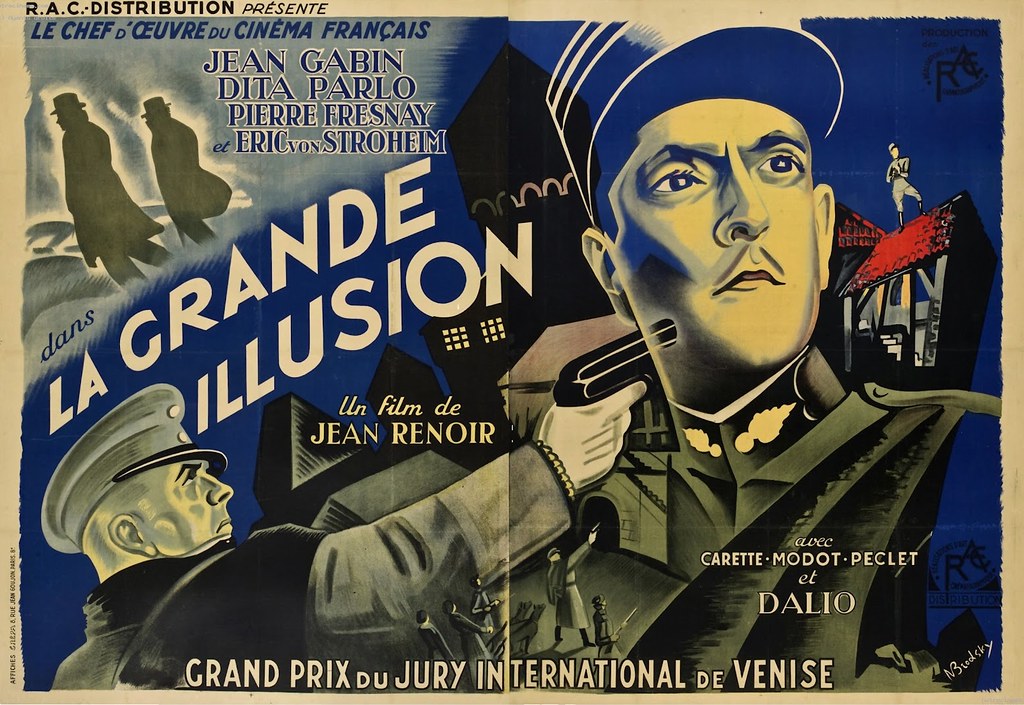
2. Grand Illusion (1937)
Jean Renoir, often hailed as the great humanist of cinema, co-wrote and directed this superlative World War I story, which stands as a profound testament to the futility of war and the enduring connections between people. The film centers on two French aviators who find themselves captured by a German captain, Erich von Stroheim, who is perfectly cast as a mannerly despot. Their journey takes them through a series of prisons, each new location deepening the film’s exploration of human interaction under duress.
While the duo plans a classic “great escape,” ‘Grand Illusion’ is far from a simple tale of heroes and villains. Renoir masterfully weaves in themes of class conflict, revealing how social strata often transcended national loyalties in the early 20th century. One of the French heroes, an aristocrat, effortlessly befriends his German warden, a fellow man of noble birth, highlighting the bonds forged by shared social status. In stark contrast, the other French aviator is a rough-hewn everyman, a charismatic ranter against the prevailing system, representing a different social reality.
What makes Renoir’s direction so remarkable is his refusal to place one character’s perspective above another. He treats all his characters, regardless of their nationality or social standing, with remarkable empathy and understanding. The film is deeply sympathetic to all perspectives, even as it sagely questions the circumstances that led to such combative conflicts. This pointed generosity of spirit allows the audience to see the humanity in every individual, even those on opposing sides of a brutal war.
For its groundbreaking humanism and masterful storytelling, ‘Grand Illusion’ was showered with numerous prizes, solidifying its place as an international cinematic achievement. However, its powerful anti-war message and empathetic portrayal of the enemy earned the fierce ire of Joseph Goebbels, the Nazi propaganda minister, who famously declared it ‘Cinematic Public Enemy No. 1,’ an ominous testament to its profound impact and subversive message. An interesting tidbit from the set reveals that co-star Jean Gabin actually wore a flight outfit that Jean Renoir himself had worn as a member of the air force during World War I, adding a layer of authentic historical resonance to the film.

3. Full Metal Jacket (1987)
Stanley Kubrick, a director renowned for his uncompromising vision, had already delivered one of cinema’s most poignant anti-war statements with his 1957 masterpiece, ‘Paths of Glory.’ Yet, three decades later, it became clear that the world hadn’t quite grasped the message. So, with ‘Full Metal Jacket,’ Kubrick decided to articulate his condemnation even louder, specifically for what he perceived as the imperialists stubbornly entrenched in their views. This time, he shifted his focus from the brutal landscapes of World War I to the complex and horrific quagmire of Vietnam.
Kubrick’s approach in ‘Full Metal Jacket’ goes beyond merely depicting the horrors of the battlefield; he meticulously dissects and condemns the entire war machine itself, from its indoctrination process to its devastating consequences. It’s no accident that the first half of the film, set within the dehumanizing confines of basic training, is often regarded as even more nightmarish and psychologically scarring than the bombings and firefights that follow. This segment is crucial, as it illustrates how soldiers are systematically stripped of their individuality and molded into killing machines.
As with the soldiers themselves, the film’s central theme revolves around desensitization—the gradual, terrifying process by which human beings become numb to violence and atrocity. Once you’ve stared into the hollow, tormented eyes of Vincent D’Onofrio’s Private Pyle, witnessing his tragic endpoint, the more impersonal atrocities of militarized conflict almost seem like a detached stroll through the tulips. This profound character study serves as a chilling prelude, driving home the personal cost of war before the broader, chaotic combat sequences unfold. However, the film never lets the audience forget the horror, forcing us to look the ‘enemy’ in their eyes, reminding us that suffering is universal.
The iconic battlefield sequences, specifically those set in Hue during the Tet Offensive, might fool you into thinking they were filmed amidst actual war-torn landscapes. However, in a fascinating production detail, these visceral scenes were meticulously recreated and filmed in a disused industrial area located near London. This highlights Kubrick’s unparalleled ability to create profound realism and immersive worlds, even far from the actual locations of conflict, showcasing his meticulous attention to detail and his unique artistic control.
Read more about: Prince Rogers Nelson: A Singular Force in Music – Exploring the Life and Enduring Legacy of an Icon
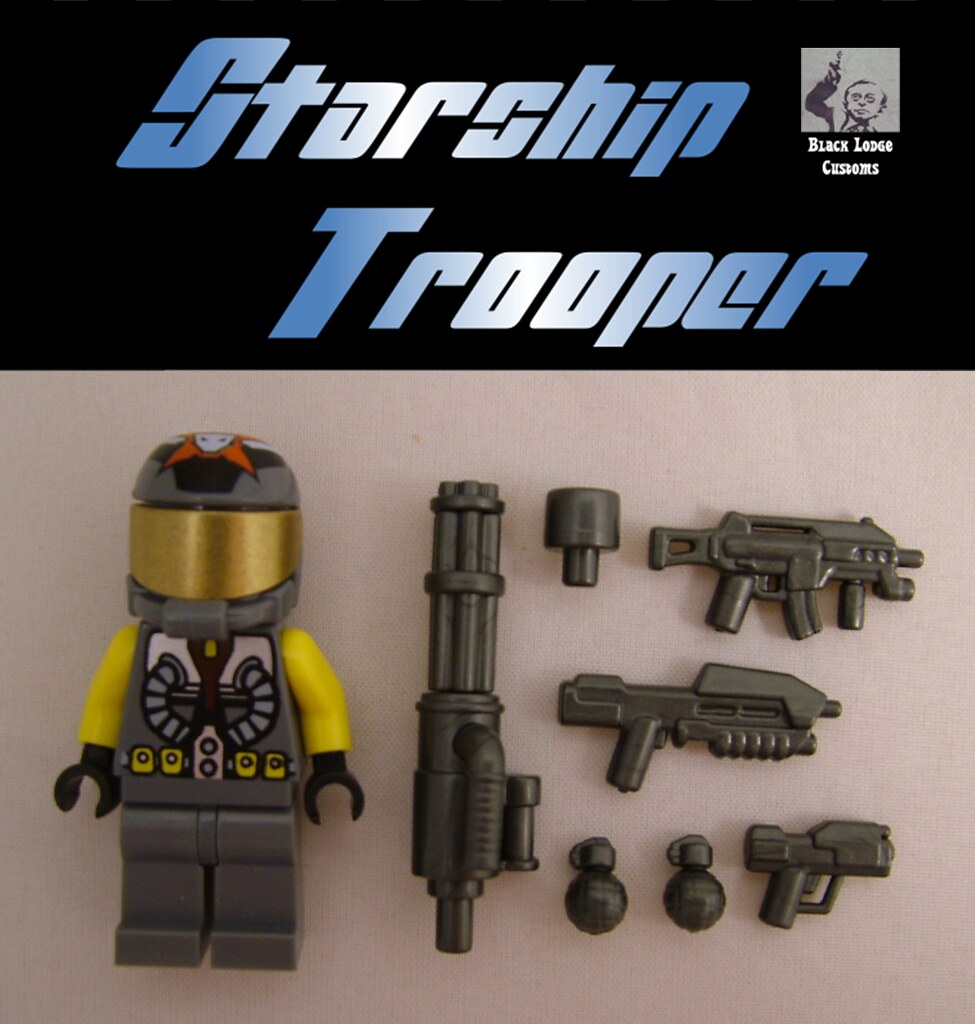
4. Starship Troopers (1997)
Now, hold on a minute, before you start snickering, there’s a genuinely compelling reason why this sci-fi actioner has earned such a surprisingly high place on our list of greatest war movies. Never before, and quite possibly never again, has the monied apparatus of mainstream Hollywood been so brilliantly co-opted to deliver such a biting and subversive commentary on its own latent fascist impulses. Director Paul Verhoeven, with his signature blend of satire and spectacle, seemingly cackled all the way to the box office, presenting a world where giant bugs are brutally exterminated by a cast of gorgeous, often empty-headed, protagonists.
The film’s overt celebration of militarism, its sleek uniforms, propaganda-style newsreels, and the almost cartoonish enthusiasm for violence, is all part of a master plan. The subversive nature of Verhoeven’s vision becomes undeniably clear when Neil Patrick Harris appears near the end of the movie, sporting a full-length Nazi-esque trench coat and an air of chilling authority. In that moment, what might have been an inside joke for those paying close attention was practically outed, revealing the film’s true, darkly humorous intentions to a broader audience.
It’s crucial to understand the deliberate contrast between the film and its origins. The source novelist, Robert Heinlein, genuinely intended his militaristic tale as a sincere endorsement of military service and societal discipline. However, Verhoeven’s interpretation is a radical departure. The blithe, almost gleeful destruction of humankind on display in the film could only be intended as a sharp, incisive critique. It targets both the inherent dangers of uncritical soldiering and the often-unquestioning popular tastes that can embrace such ideologies without realizing their deeper implications. It truly is a film that demands to be revisited with fresh eyes, peeling back its glossy exterior to reveal its profound, unsettling message.
Adding another layer to the film’s audacious spirit, the ‘Time Out Tip’ reveals a truly memorable anecdote: on a dare, director Verhoeven himself famously disrobed for the co-ed shower scene. This playful yet provocative act perfectly encapsulates the film’s irreverent, boundary-pushing ethos, demonstrating that Verhoeven was just as willing to challenge conventions behind the camera as he was in front of it, making ‘Starship Troopers’ a truly unique entry in the war genre, demanding re-evaluation and discussion.
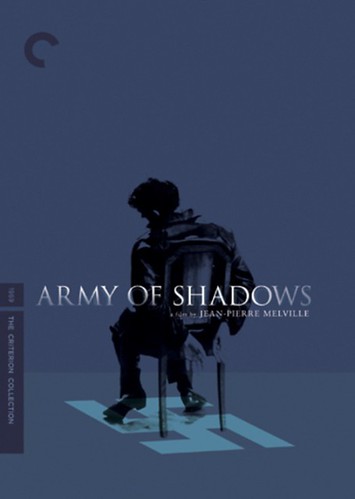
5. Army of Shadows (1969)
This film, a cool-blue portrait of French Resistance fighters by Jean-Pierre Melville, experienced a remarkable rediscovery in 2006, sparking the kind of fanfare usually reserved for unearthing a truly lost classic—which, in essence, it very much was. ‘Army of Shadows’ makes a beautiful, stark case for the concept of honor among men and women living as outlaws, wanted by an oppressive regime. It portrays their clandestine world with an unflinching gaze, revealing the immense courage and quiet dignity that defined their struggle against Nazi occupation.
The film’s narrative is propelled by intense, yet often understated, moments. Back-room beatings and brutal drive-by shootings punctuate what is, for the most part, a deeply conversational film. These exchanges reveal the harrowing sacrifices demanded of spies and resistance operatives, where every word, every look, and every decision carries the weight of life and death. Melville’s reputation before this film had largely rested on his chilly, remote gangster pictures, such as the iconic ‘Le Samouraï’ (1967), defining a certain minimalist aesthetic.
However, ‘Army of Shadows’ was a revelation, showcasing Melville’s ability to widen his cinematic canvas to encompass the complexities of national politics and wartime morality. The film’s initial dismissal by fashionable French critics, who deemed it ‘too pro-De Gaulle,’ speaks volumes about the political climate of its release and how quickly artistic merit can be overshadowed by political biases. Its eventual re-evaluation as a masterpiece proves the adage that what comes around, often shines brighter with time, allowing its profound artistic value to finally be recognized.
Adding to its profound authenticity, the ‘Time Out Tip’ highlights a crucial biographical detail: Director Jean-Pierre Melville was himself a member of the French Resistance during World War II. This personal experience undoubtedly imbued ‘Army of Shadows’ with an unparalleled sense of realism and emotional depth, transforming it from mere storytelling into a deeply personal and resonant tribute to the unsung heroes of his own past. His lived experience lends an undeniable gravity to every frame, making the film a truly essential document of courage under extreme duress.

6. Come and See (1985)
Prepare yourself, because it’s likely you’ll want to avert your eyes during Elem Klimov’s terrifying Russian epic, ‘Come and See,’ a film that offers an unblinking and brutal portrayal of the Nazi occupation of Belarus during World War II. Yet, despite its unrelenting horror, it weaves a mesmerizing, almost hypnotic spell over the viewer from its very opening image: two innocent children digging in a field, not for buried treasure, but for abandoned rifles, symbolizing the loss of childhood and the onset of brutal conflict. It’s a haunting start to an even more haunting journey.
One of those boys is taken from his home by partisans, forcibly thrust into the desperate fight against the Germans. What follows is not merely a war story, but the start of a harrowing, nine-circles-of-hell odyssey that tests the very limits of human endurance and sanity. This nightmarish journey culminates in a dreamlike, yet utterly chilling, encounter with the ultimate persecutor, leaving an indelible mark on both the protagonist and the audience. The film refuses to shy away from the horrific realities faced by civilians and fighters alike.
Before that devastating finale, audiences are subjected to a staggering succession of atrocities, each more unbearable than the last. Ear-shattering explosions reverberate through the landscape, corpses are piled high in ghastly tableaux, and entire villages are systematically destroyed, all depicted with a visceral intensity that is truly difficult to process. What makes these scenes, which would otherwise be unbearable, somewhat endurable is the film’s entrancing, almost surreal aesthetic. Klimov employs dreamlike sequences, distorted soundscapes, and unsettling imagery that elevate the horror to a profound, almost mythological level, blurring the lines between reality and nightmare.
An intriguing ‘Time Out Tip’ reveals that the film’s original title was, quite starkly, ‘Kill Hitler.’ However, Soviet authorities, ever vigilant about ideological messaging, reportedly forced Klimov to change it. This detail highlights the complex political landscape in which the film was made and distributed, underscoring the film’s powerful, albeit controversial, anti-Nazi sentiment, and demonstrating how even cinematic artistry can be subject to external pressures. This background only adds to the film’s legendary status as a powerful, uncompromising work of art.
Now, let’s continue our journey through the annals of war cinema, venturing into six more unforgettable films that probe the depths of courage, the complexities of conflict, and the unwavering spirit of humanity amidst the chaos. These are the movies that make us think, feel, and sometimes, even laugh, at the absurdity of it all. Get ready to have your perceptions challenged and your emotions stirred as we unveil more masterpieces.
Read more about: Seriously, Watch These: 13 Underappreciated Movies That Were Actually Great
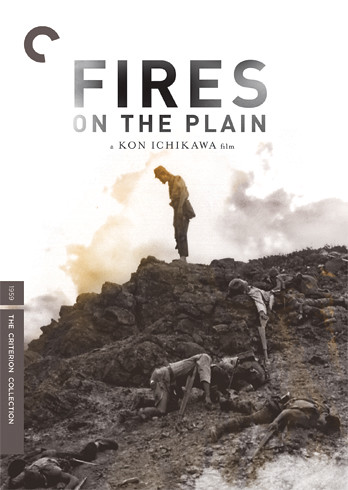
7. Fires on the Plain (1959)
This unblinking depiction of the Imperial Japanese Army’s collapse in 1945 arrived on screen with a bit of a misunderstanding. Initially, its studio, the great Daiei Film, greenlit it on the misapprehension that it would be an action movie. While you might spot at least one scene of actual combat if you look closely enough, director Kon Ichikawa had something far more profound in mind, faithfully fashioning war veteran Shōhei Ōoka’s novel into a weary, existential trudge.
Ichikawa instead presents us with a broken, tubercular soldier’s harrowing journey through a hellish landscape. Critics at the time found this vision just too bleak to digest, perhaps expecting the usual heroism or more conventional narrative beats. But sometimes, cinema needs to be unflinching to make its point, and this film certainly doesn’t pull any punches when it comes to the brutal realities of war.
Over time, *Fires on the Plain* has evolved into an undeniable anti-war classic, celebrated for its stark humanity and surprising bone-dry wit that cuts through the despair. The film offers powerful imagery that speaks volumes, such as the unforgettable Charlie Chaplin-esque shot of a pair of disintegrating army boots passing from one pair of feet to another. This serves as a striking, poignant metaphor for the utterly degrading effect of war on the individual spirit and body.
Speaking of immersing oneself in a role, star Eiji Funakoshi took his commitment to the character to an extreme level. He willingly starved himself during filming to embody the physical toll of his character’s ordeal, leading to his eventual collapse and a two-week shutdown in production. That’s dedication you just don’t see every day, and it really adds another layer to the film’s powerful realism.

8. Sergeant York (1941)
No truly great war film can ever strike a tone of total conviction in the glory of battle; that’s usually the realm of jingoistic propaganda. Howard Hawks’s massively popular drama, released only months before America officially entered World War II, takes the exact opposite approach. It tells the incredible true story of First World War soldier Alvin York, a Tennessee “simpleton” who desperately hoped to avoid enlistment on the sincere, deeply held grounds of his religiosity and pacifism.
His request to be exempted from military service, however, was denied, thrusting him onto the battlefield. What follows is a remarkable transformation: York proves himself to be a singularly talented sharpshooter, capable of incredible feats of bravery and skill. Yet, this newfound prowess doesn’t come without profound internal conflict. He wrestles deeply with the moral implications of the “killing gift God has given him.”
Gary Cooper’s tortured, Oscar-winning performance as Alvin York is at the heart of the film, inspiring conversations that continue to this day about situational ethics and the complexities of faith and duty during wartime. The film masterfully explores how a deeply moral person grapples with the necessity of violence in the face of conflict, making it a compelling character study.
There’s a poignant anecdote that speaks volumes about the real Alvin York’s experience. When he actually showed up on set during filming, a crew member innocently asked him how many people he had killed. The true war hero, visibly overcome by the memory, reportedly began sobbing, underscoring the immense personal cost of his wartime actions, even for a celebrated figure.
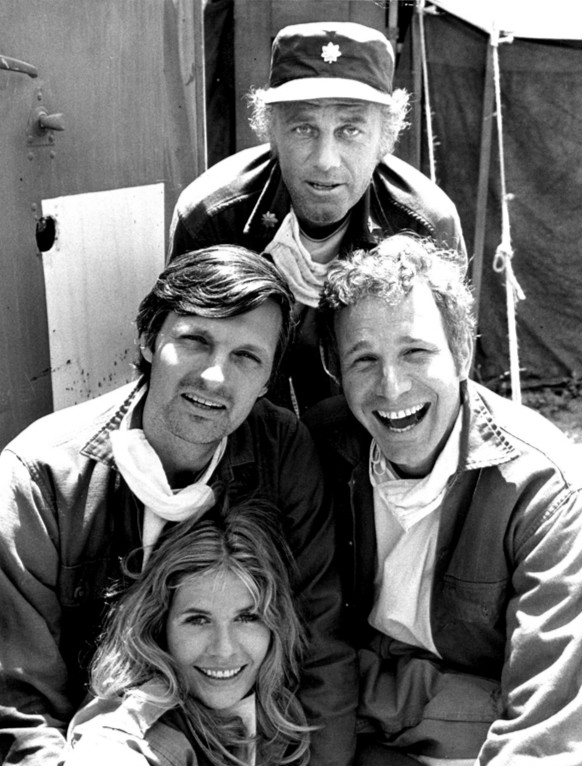
9. MASH (1970)
Robert Altman’s classic comedy, *MASH*, might come sugarcoated in pop culture associations today—think of the long-running TV show, that famous cloying laugh track, or even Alan Alda’s enduring portrayal of Hawkeye Pierce. However, to truly appreciate how wonderfully subversive the movie was upon its release, you only have to consider it in contrast to the other elephantine war drama playing across town during those same tumultuous weeks in 1970: *Patton*.
*Patton* was a somber vindication of the “asshole-in-charge,” celebrating a misunderstood genius of carnage. *MASH*, meanwhile, offers a completely different universe. It famously has no battle scenes whatsoever, deliberately sidestepping the glorification of combat. Instead, its narrative culminates in a zany, chaotic football game that serves as a brilliantly absurd metaphor for the futility and madness surrounding the Korean War.
Amazingly, both of these radically different movies came from the very same studio, 20th Century Fox, showcasing a remarkable willingness to embrace diverse storytelling. By throwing out Ring Lardner Jr.’s conventional script and inspiring his ensemble to truly *play* and improvise, Altman devised an entirely new on-set process. This groundbreaking approach would change American satire forever, solidifying *MASH*’s reputation as nothing less than “the first real film of the 1970s.”
Of course, not everyone was thrilled with Altman’s unconventional methods. Stars Elliott Gould and Donald Sutherland, reportedly frustrated by Altman’s tendency to spend significant time filming secondary characters and allowing for improvisation, even tried to have him fired from the production. Luckily for cinema history, their efforts were unsuccessful, and we got the iconic, genre-defining film we know and love.
Read more about: 14 Iconic ’70s Actors Who Were Totally Robbed of an Oscar (Seriously, How?!)

10. They Were Expendable (1945)
This film, a John Ford masterpiece, is the kind of movie that can force you to completely revise your ideas about entire careers—even decades of work. It’s an assiduous, unshowy portrait of the fighting men of the Philippines during World War II, building a quiet yet profound impact out of its small, keenly observed moments. Rather than grand declarations, it’s the subtle details that resonate deepest here.
The narrative centers on our heroes, primarily John Wayne’s junior-grade lieutenant, as they while away the small hours in Manila, patiently waiting for an assignment to join the burgeoning conflict. They don’t realize, of course, that these quiet, contemplative days are the “good times”—the calm before the storm that would forever alter their lives and the course of history.
When news finally comes of the devastating attack on Pearl Harbor, the film’s tone shifts dramatically, transforming into a stoic ode to workmanlike sacrifice and duty. Director John Ford, often known for his more sentimental impulses behind the camera, commendably reigns them in here, allowing the raw, understated emotion to take center stage. Similarly, John Wayne, still closer to “dewy” at this point in his career, shows remarkable depths that hadn’t been fully tapped, delivering a performance of nuanced vulnerability.
During filming, a rather dramatic turn of events occurred when director John Ford broke his leg. In a testament to the collaborative spirit and expertise on set, star Robert Montgomery, who actually commanded a PT boat during the war, stepped in and took over as director for three crucial weeks. This real-life experience surely lent an invaluable layer of authenticity to the already dedicated production.
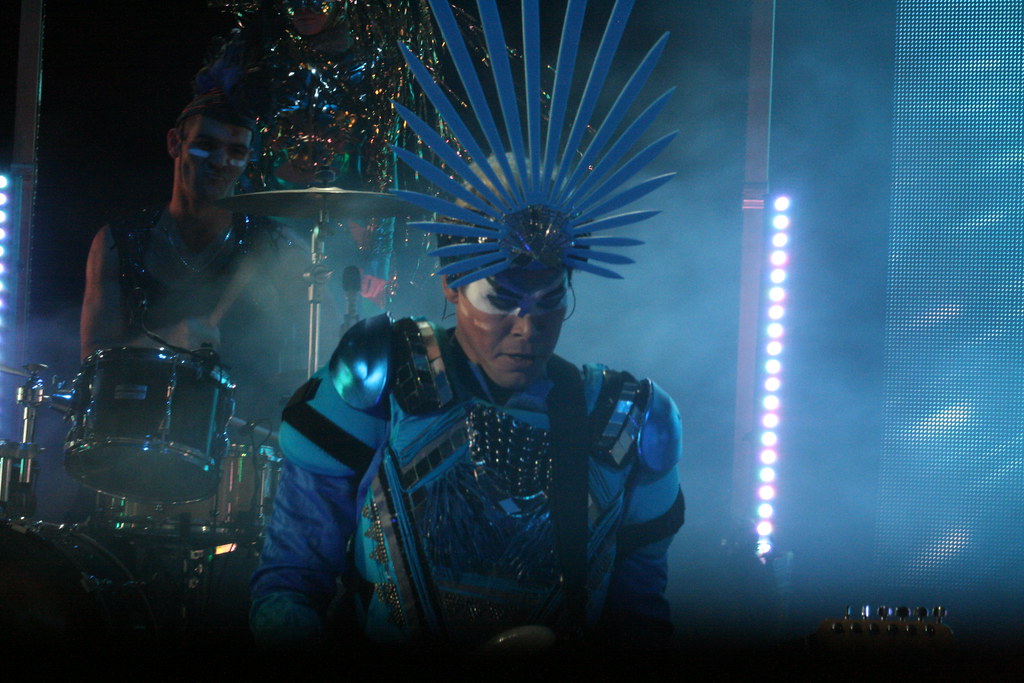
11. Empire of the Sun (1987)
These days, Christian Bale is as huge as it gets in Hollywood: multiple Oscar nominations, an Academy Award win for *The Fighter*, and, of course, donning the iconic Batsuit. But before all that global fame, he made his unforgettable debut as a 12-year-old in Steven Spielberg’s surreal World War II Shanghai drama, *Empire of the Sun*. Bale remarkably beat out 4,000 other talented kids for the role, and even then, all the signs of his prodigious talent were clearly evident.
Bale’s character, Jim, is a British schoolboy with an almost obsessive fascination for war planes, and through his eyes, his internment camp transforms into a strange, distorted playground. This unique perspective allows the film to explore the horrors of war through an innocent, yet increasingly aware, lens. While Jim’s imagination is vivid, he’s certainly not above fear, and by the film’s poignant end, the harsh realities of his experience have undeniably caused him to lose his childhood innocence.
Spielberg masterfully blends elements of surrealism with the stark, harrowing realities of Jim’s internment, creating a deeply affecting narrative that explores themes of survival, adaptation, and the crushing weight of wartime on a developing psyche. The film stands out for its unique blend of dreamlike sequences and visceral depictions of human struggle under duress, all anchored by Bale’s exceptional performance.
Before Spielberg took the helm of this epic, cinematic legend David Lean was originally slated to direct and actually worked on the film for nearly a year. However, he eventually stepped away, turning the reins over to Spielberg. It’s fascinating to imagine what Lean’s vision for the story might have been, but it’s clear Spielberg made it uniquely his own, cementing its place as a classic.
Read more about: From Web-Slingers to Jedi: 12 Iconic Franchises That Stumbled with a Single Failed Sequel

12. The Hurt Locker (2008)
Kathryn Bigelow had already proven her remarkable ability to orchestrate high-adrenaline action sequences with the best directors in the business, but her history-making Oscar-winner, *The Hurt Locker*, operates on a whole other level of tension. This gripping film, which follows a team of bomb defusers in Iraq, is basically a relentless series of scenes asking the nerve-wracking question: “Is Jeremy Renner about to get blown up?”
Yet, despite this seemingly repetitive premise, the film brilliantly drives home the immense personal toll of spending every single day staring death squarely in the face. It’s a profound exploration of the psychological burden carried by those in unimaginably dangerous professions, where the line between life and oblivion is constantly blurred. The film vividly portrays how the adrenaline and the constant threat become both a torment and, paradoxically, a strange addiction.
No matter how many times the scenario repeats itself, *The Hurt Locker* manages to maintain its white-knuckle grip on the audience. You’ll find yourself needing a constant reminder to breathe through the film’s intense sequences, as it immerses you completely in the high-stakes, breath-holding world of its protagonists. It’s a truly visceral and unforgettable experience that leaves a lasting impression.
In an effort to achieve unparalleled authenticity and provide work for those directly affected by conflict, the film was shot on location in Jordan and famously employed Iraqi refugees as extras. This choice not only deepened the realism of the production but also brought a crucial layer of lived experience to the background of the unfolding drama, enhancing its already powerful narrative.
Read more about: The Reel Versus The Real: 12 War Movies So Historically Inaccurate Historians Just Can’t Look Away (For All The Wrong Reasons)
And there you have it, our journey through the top 12 all-time greatest war movies, as voted by thousands of filmgoers! From the harrowing jungles of Vietnam to the desolate plains of World War I, and from the psychological battlegrounds of the human mind to the literal minefields of Iraq, these films do more than just entertain. They serve as powerful reminders of human resilience, the devastating costs of conflict, and the enduring quest for meaning amidst chaos. Each one offers a unique lens through which to view history, emotion, and the unbreakable spirit of humanity. It’s a genre that continues to evolve, challenge, and inspire, ensuring that the stories of war, and the profound lessons they carry, will never be forgotten.



